Guest Piece. Almohad Capital
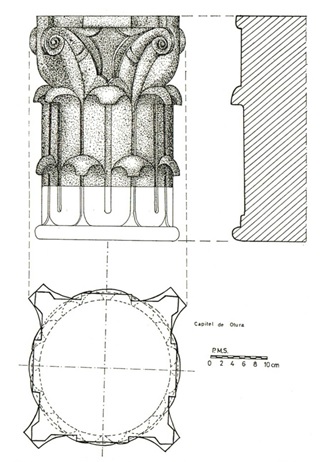
The Town Council of Otura (Granada) has loaned the Museum of the Alhambra this Corinthian capital from the Almohad period (13th century) sculpted in serpentine stone.
The piece was reused and later became part of one of the Stations of the Cross situated in the Calle Acequia in Otura. It had a pedestal on which the Cross rested. This pedestal made of stone from Sierra Elvira had a caption in commemoration of Mr Antonio Pérez Orozco Alvarez, Knight Twenty-Four of Granada, and Mrs Mª Martin de Fresnedo dated 1815.
Fortunately this capital was taken down and restored for conservation and is now on display for all to enjoy at the Museum of the Alhambra.
This piece is part of a small group of capitals which, together with two others exhibited alongside it in Room 3 of the Museum and another two which are part of the portico of the Courtyard of the Harem in the Palace of Riyad al-Sayd (also known as the Palace of the Lions or of the Happy Garden), most closely resemble the Almohad capitals from North Africa in shape, although they were sculpted in a material (serpentine) quarried locally in Granada. This greenish stone may well have have offered an aesthetic contrast with the column flute, which was possibly made of white Macael marble, as seen in the Courtyard of the Harem.
The acanthus leaves appear here in totally abstract form as ribbons with the top part curling downwards. The palms of the caulicoli are of increasing importance. They show palms from two unequal leaves which tend to envelop the volutes, moving towards the cubic form of subsequent Nasrid and Marinid pieces.
The surviving Corinthian capitals have lost the bottom part and part of the lower row of leaves. This piece from Otura is the largest in this group and can be distinguished from the others by its small volutes, which are compensated to some extent by a large fruit situated on the corner acanthus leaves and under the volutes, enveloping them until it reaches the abacus.
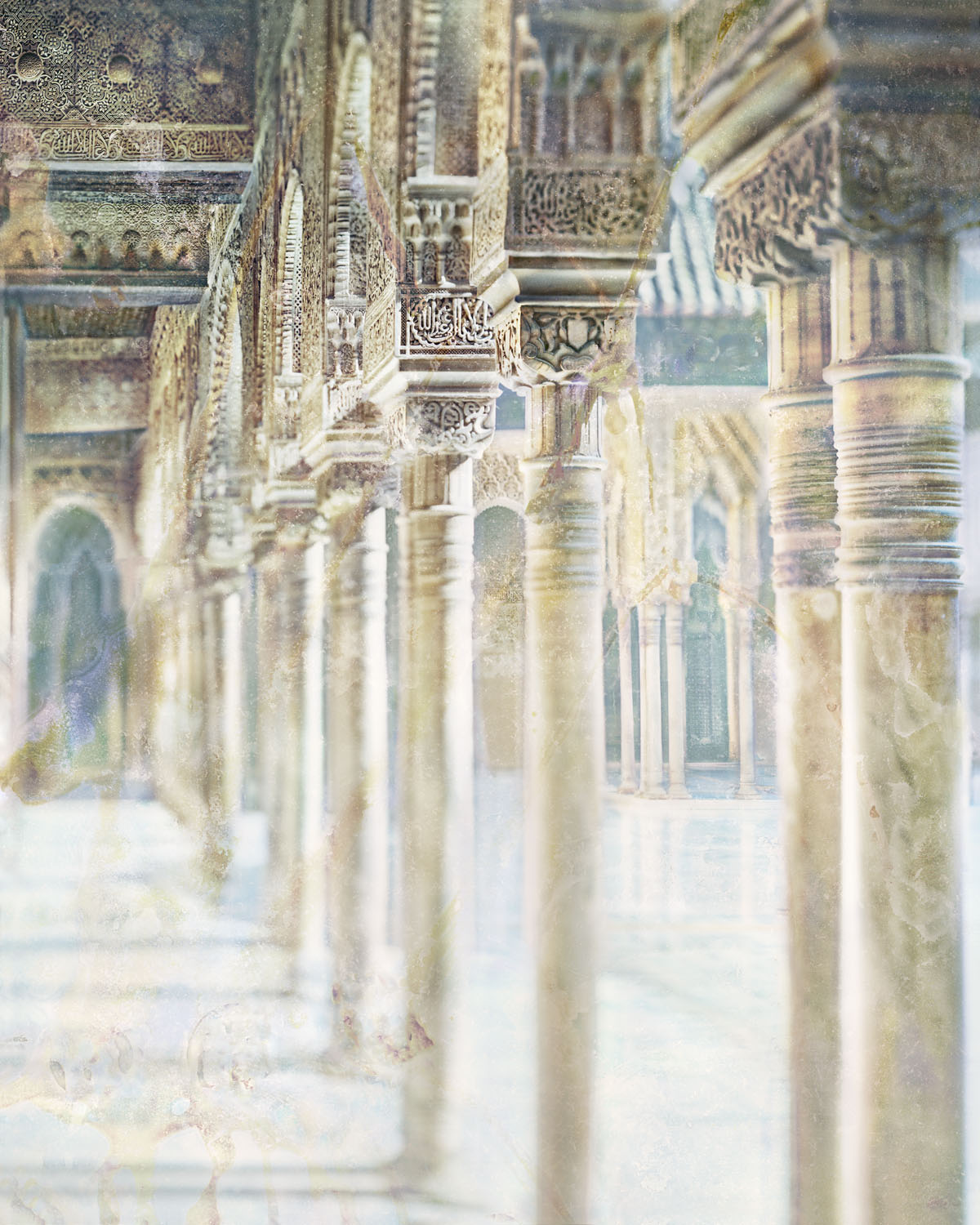
La Alhambra, a look from Fernando Manso
MORE INFORMATION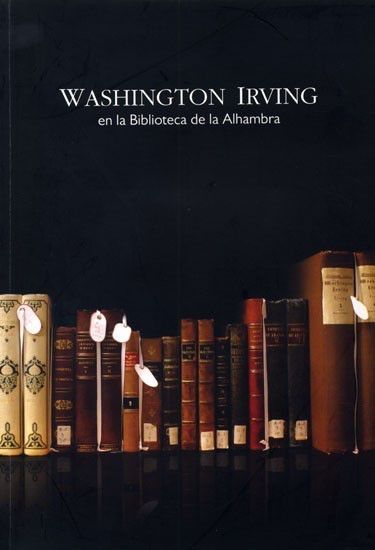
WASHINGTON IRVING AND THE ALHAMBRA
MORE INFORMATION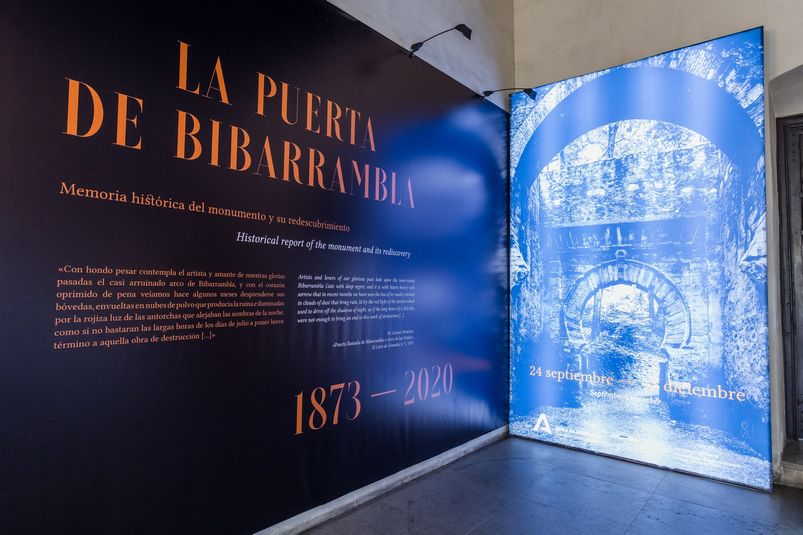
THE GATE OF BIBARRAMBLA. Historical report of the monument and its rediscovery
MORE INFORMATIONTHE EMPEROR´S CHAMBERS
MORE INFORMATION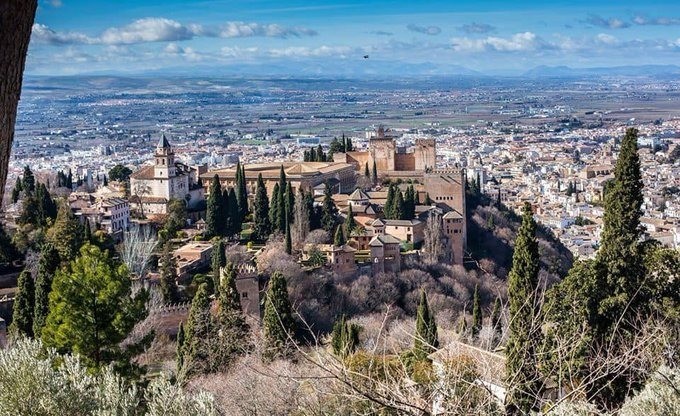
The Council of Alhambra and Generalife will refund automatically the full amount of the bookings
MORE INFORMATION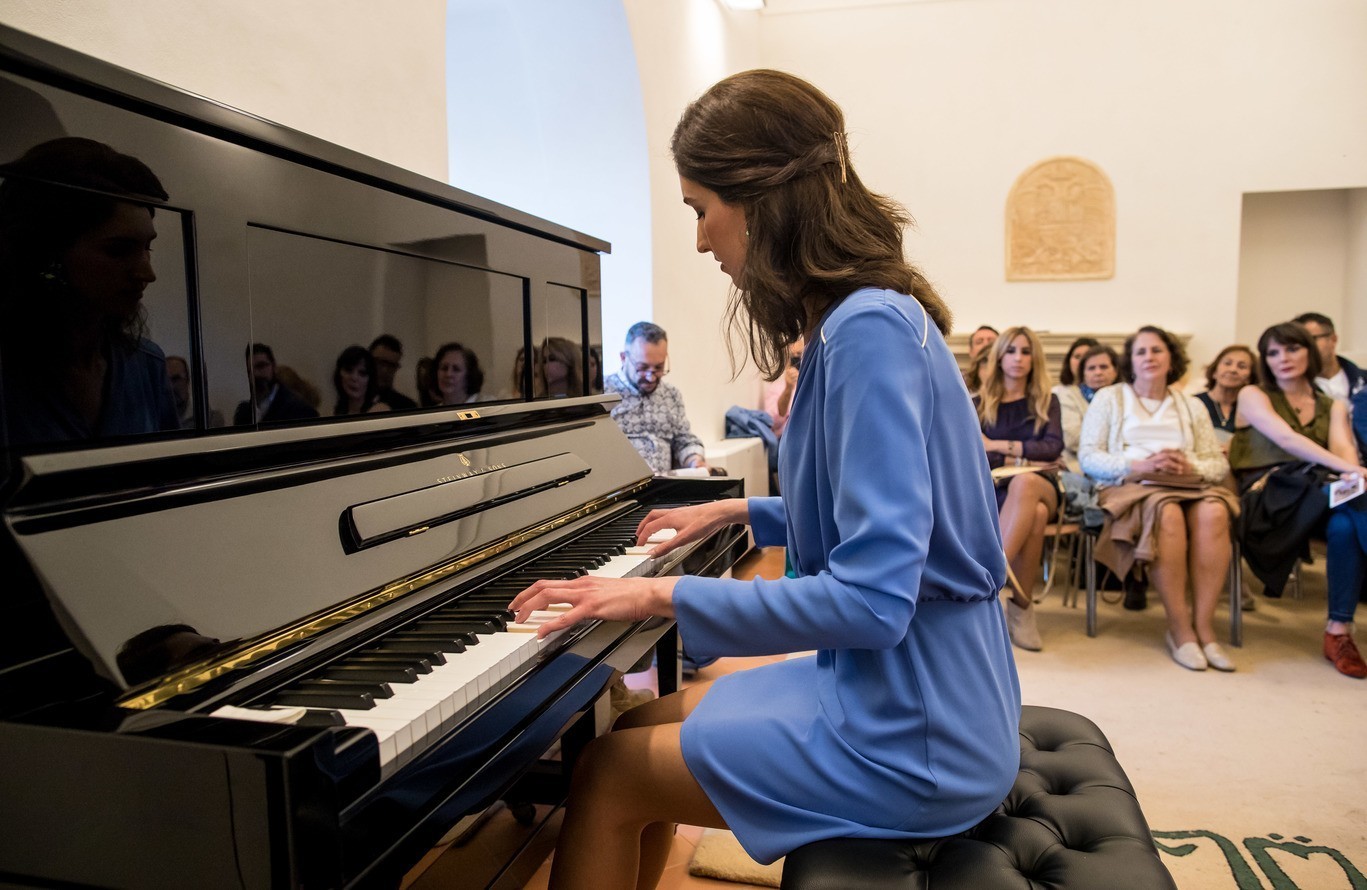





 Contact
Contact















